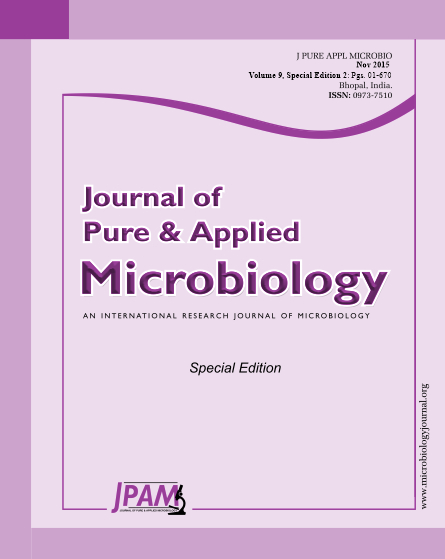Methicillin-Resistant Staphylococcus aureus (MRSA) refers to a class of bacteria that has developed resistance to the conventional antibiotics making it extremely difficult to combat. In the last few decades it has become a leading cause of nosocomial infections. Scientists and researchers agree that MRSA possesses a worldwide threat to public health and are pushed to focus more on finding a solution. The present study focuses on the in vitro antimicrobial activities of various microbes against MRSA commonly present in soil. Bacterial and fungal isolates obtained from different soils in New York City were evaluated for their inhibitory activities on Community Acquired MRSA. The two main plate types used for isolating microorganisms were Glycerol Yeast Extract Agar: for isolation of bacterial genera Streptomyces and Bacillus, and Saboraud Dextrose Agar: for isolation of fungal genera Fusarium, Aspergillus, and Penicillium. Community Acquired MRSA was plated on Trypticase Soy Agar and each of the suspected antibiotic producing microorganism was tested for inhibition of MRSA growth. However, our study reports that none of the tested microorganisms could inhibit the growth of Community Acquired Methicillin-resistant Staphlyococcus aureus. Suggestions and recommendations for future experiments are discussed.
Bacterial and fungal isolates, Methicillin-resistant Staphlyococcus aureus, New York city, Trypticase Soy Agar
© The Author(s) 2015. Open Access. This article is distributed under the terms of the Creative Commons Attribution 4.0 International License which permits unrestricted use, sharing, distribution, and reproduction in any medium, provided you give appropriate credit to the original author(s) and the source, provide a link to the Creative Commons license, and indicate if changes were made.


